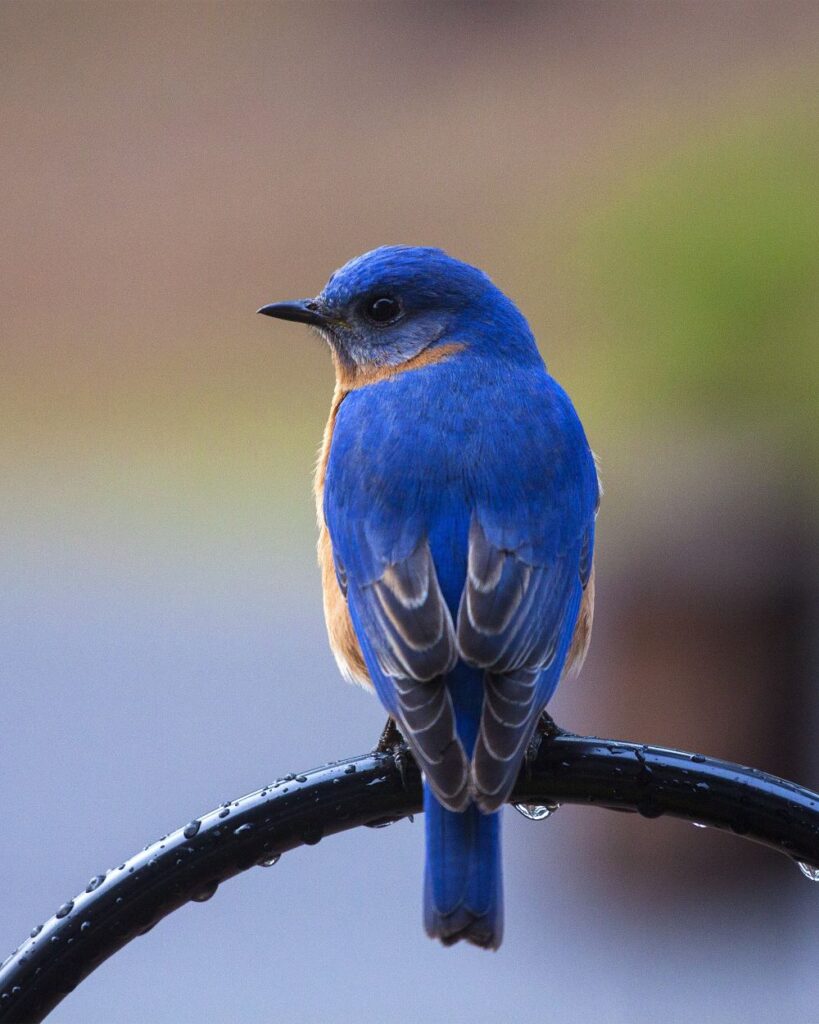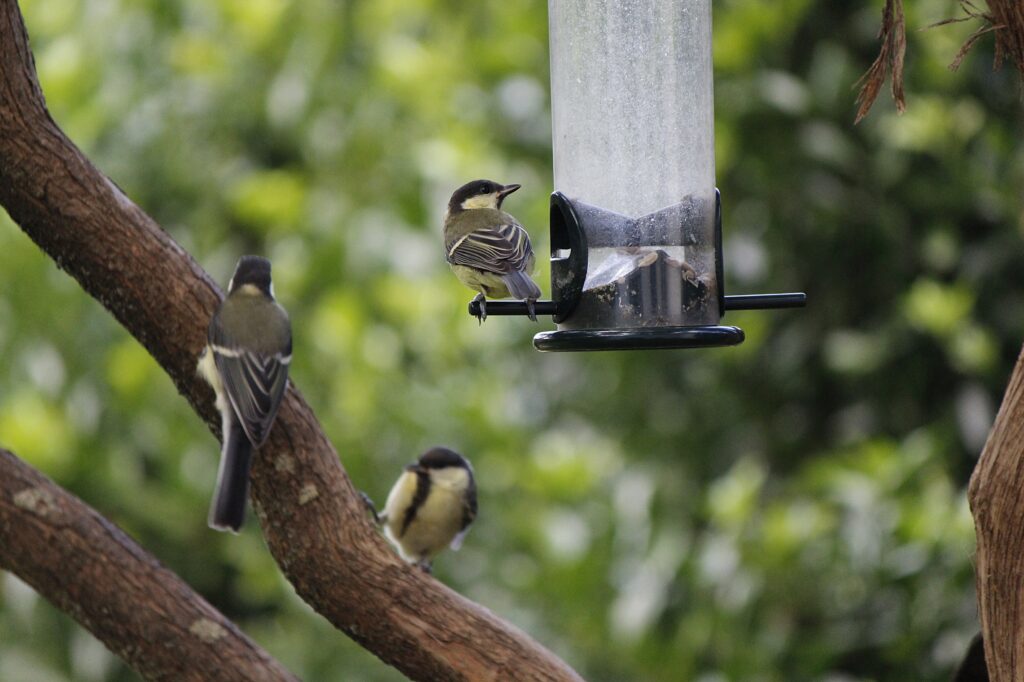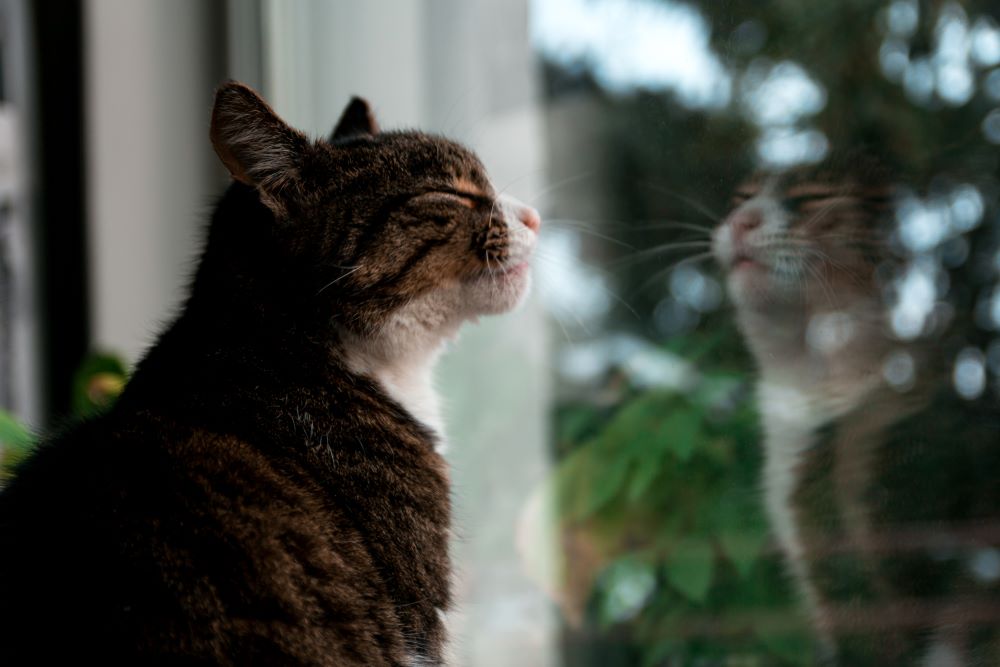While bird feeding is a year-round activity, there are some special provisions to consider for the summer. Hot weather, humidity, and other factors of the warm season affect birds, who are looking for spots to relax, fuel up, and forage for their new families. Is your yard a summertime bird sanctuary or does it need a little love to help attract your local birds? We’ll show you several ways to make your yard, garden, or outdoor space a place where birds will love to linger.
Offer Summer Bird Feeding Favorites
Yes, you can continue to fill your bird feeders in summer with the same high-quality bird seed you use the rest of the year. But now’s the season to attract more types of birds to your yard for some colorful bird watching fun with a hummingbird feeder, fruit feeder, or tray feeder for mealworms and insects.

No-melt suet
In addition to helping birds brave the cold in winter months, suet is also an important bird staple in summer. This is the time when birds need the added energy to raise young ones, forage for food, and fend off predators. Putting out a no-melt suet cake is the perfect solution to offering high-fat, high-protein food that won’t melt or spoil in the summer heat.

Nectar
In Big Bear and other southern US areas, hummingbirds are looking for food year-round. Adding a hummingbird feeder filled with clear nectar (avoid the red-dye kind, as it can be harmful to birds) provides a much-needed energy source for these busy fliers.

Mealworms
During summer, birds are looking for foods to take back to their nestlings. Among them are bluebirds, grosbeaks, wrens, warblers, and other insect-loving birds. You can attract them to your yard by filling a tray feeder with mealworms, a summertime fare favorite.

Peanuts
Looking to bring more jays, titmice, and nuthatches to your yard? Putting out shelled or whole peanuts will do the trick nicely. And, since they’re rich in protein and fat, they’re ideal fuel for busy bird parents.

Fruit and jelly
Like us, certain birds love a refreshing fruit treat on a hot summer day. Especially colorful varieties like Orioles, Tanagers, Jays, and Woodpeckers. You can also put out a bit of bird-friendly jelly to satisfy their fruity sweet tooth.
Move Feeders to the Shade

To make the most of your summer bird feeding, move feeders to shady spots for summer to give birds a respite from the hot sun. It also keeps seed and other bird foods from spoiling as quickly from the seasonal mixture of sun and humidity. Plus, a shaded spot also provides birds shelter from predators. Consider hanging feeders in a tree, near a shrub, or on a garden hook placed next to vegetation.
Add a Baffle to Your Bird Feeder

A bird feeder baffle has many purposes. It covers your feeder during summer rainstorms, sheltering feeding birds from the rain, and preventing seed from getting wet and moldy. It also keeps pests—squirrels, raccoons, and rodents—from getting access to your feeder. Adding a baffle to your bird feeder turns it into a year-round feeder for rain or shine. It also saves you money on swapping out wet bird seed for fresh after every unseasonal storm.
Clean Your Feeders Regularly

The National Audubon Society recommends cleaning your bird feeders at least once a month during summer, and more frequently in hot and humid weather. This prevents bird seed from getting moldy or spoiled and protects your local birds from catching and spreading bird diseases. How do you clean your bird feeders safely and effectively? We have a few dos and don’ts for you. While hand washing your feeders is fine, you may wish to switch to one that’s dishwasher safe, like Chirp’s Clear Hanging Tube Feeder or our Clean Hummingbird Feeder.
Offer Fresh Water Sources

Who doesn’t want a cool drink on a hot day? Birds are no different than us—and they rely on freshwater sources to drink and bathe year-round, but especially in the hot summer heat. Placing a birdbath or bird waterer in your yard, or on your deck or balcony, can help them beat the heat. Already have a birdbath, but don’t see any birds? You may be making one of these common, easy-to-fix mistakes at your birdbath.
Let Your Yard Go Wild

Now’s not the time to trim trees or tame overgrown brush—birds need these places to nest and shelter. So, before you trim back your shrubs or mow your grass, consider this: an overgrown yard is a bird paradise. But if you can’t bring yourself to let your yard go a bit wild, try leaving just a small section unmanicured for the birds.
And if you’re looking to do some summer planting, there are several native, bird-friendly, drought-tolerant, and firewise plants to choose from for the Big Bear Valley.
Keep Your Cat Indoors

When young fledglings are venturing out of the nest and learning to fly, it can be a dangerous time for them. They can become prey to a variety of predators like Owls, Blue Jays, and Grackles. Add to that list your favorite companion: your pet cat. Did you know that household cats kill an estimated 2.4 billion birds every year? At a time when the bird population is threatened like never before, this is a serious problem. The solution? Keep cats indoors all year, but especially during summer when vulnerable young birds are easy prey.
Prevent Window Strikes

Window strikes—or birds hitting windows with injurious and often fatal consequences—are a problem in every season. But in summer, young and inexperienced fledglings are just learning to fly, and are more likely to mistake your window with a clear flight path. You can prevent this by closing your curtains, turning off more lights at night, and placing decorative decals on your windows.
Spend Your Summer with Us!

From craft projects to guided nature walks, Chirp has tons of summer activities planned for local nature lovers, young and old. Join us in person or watch pre-recorded bird walks and talks on our YouTube channel for hours of birdwatching enjoyment.


